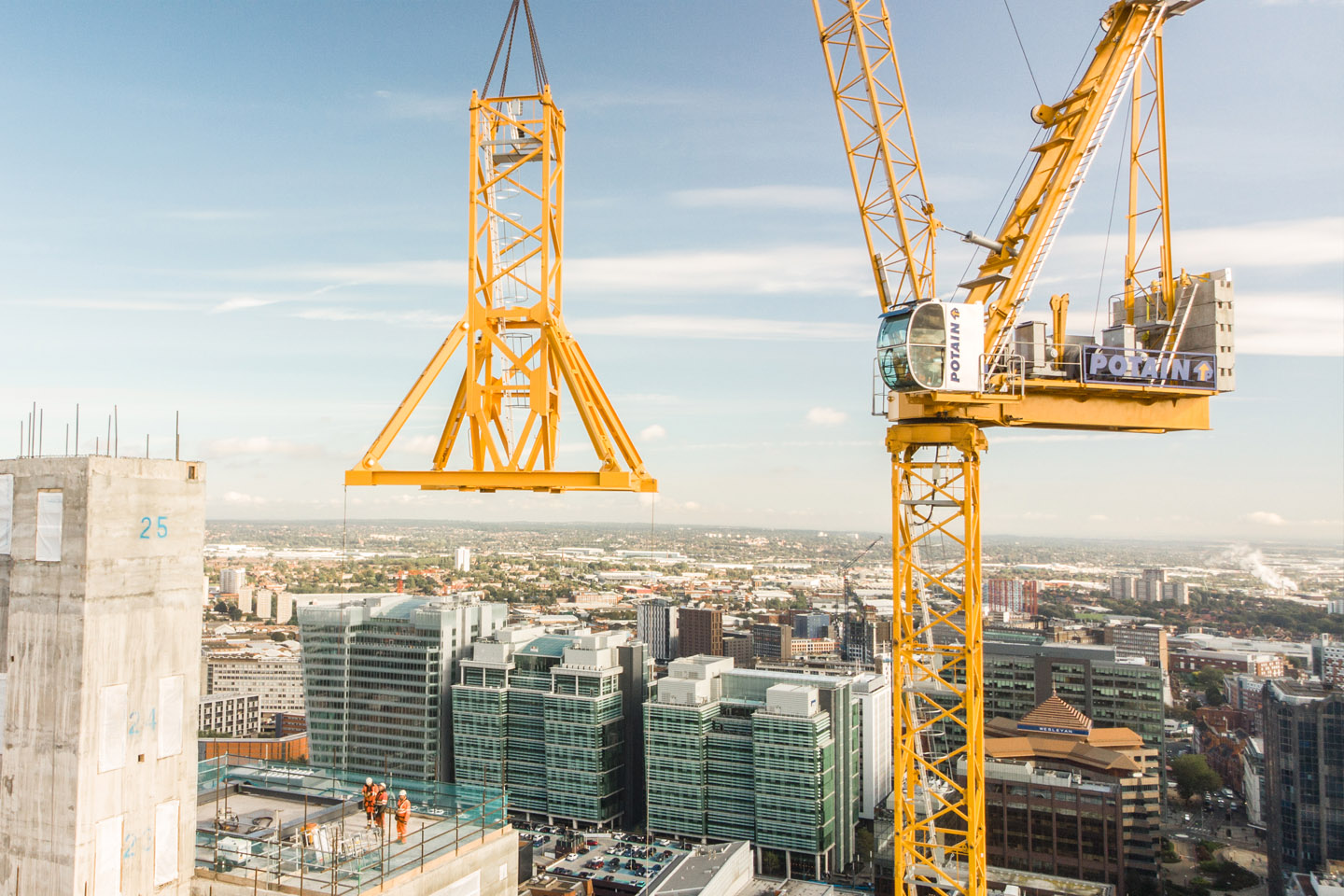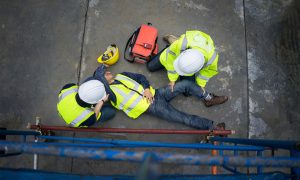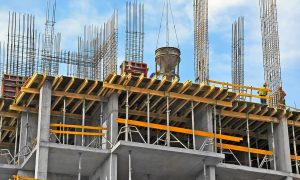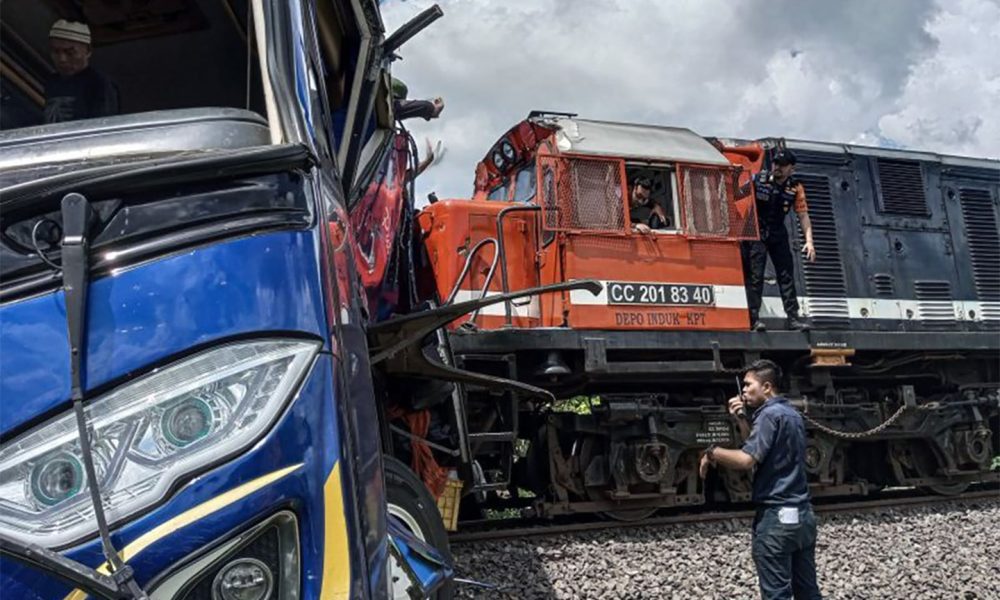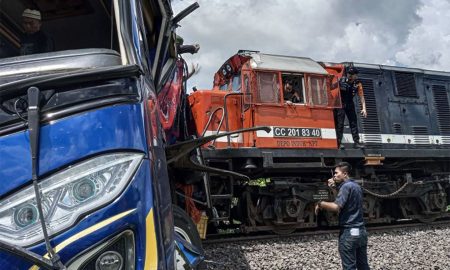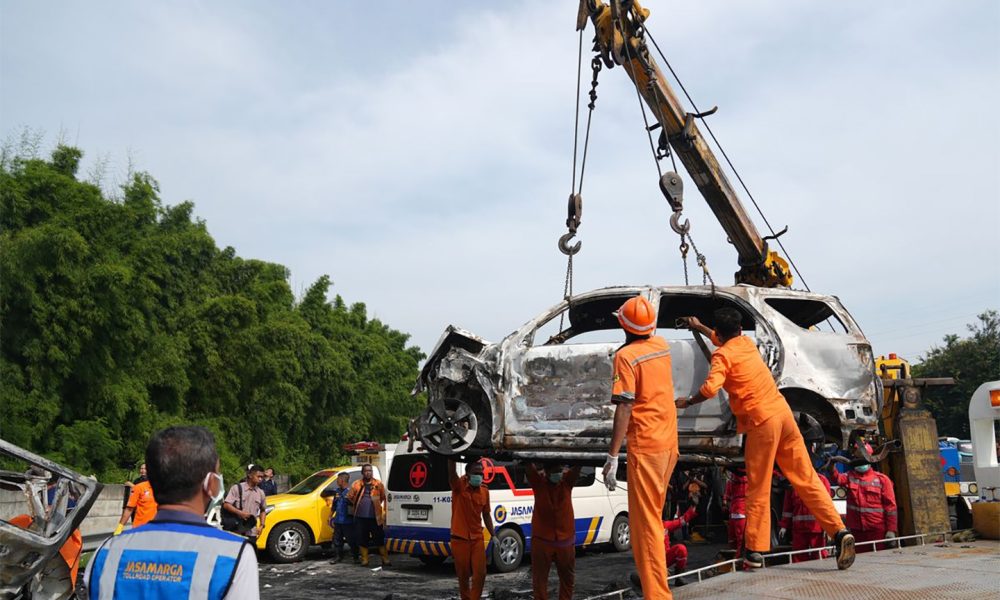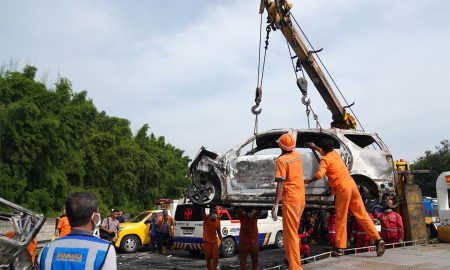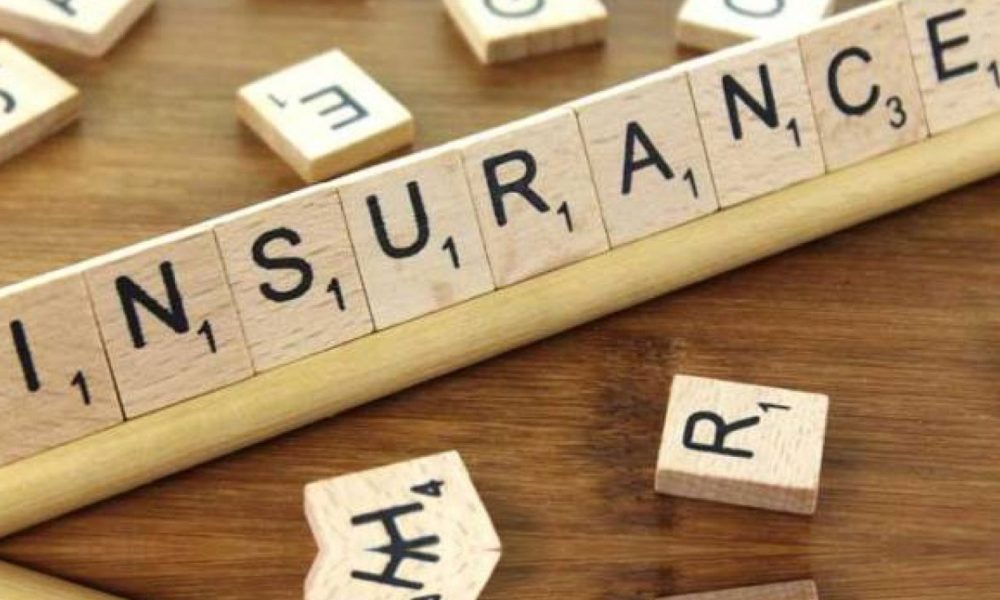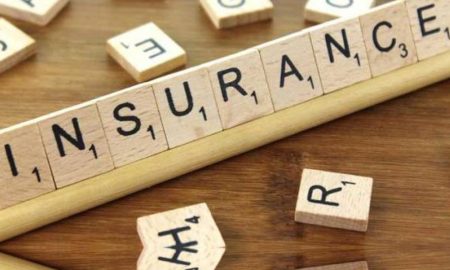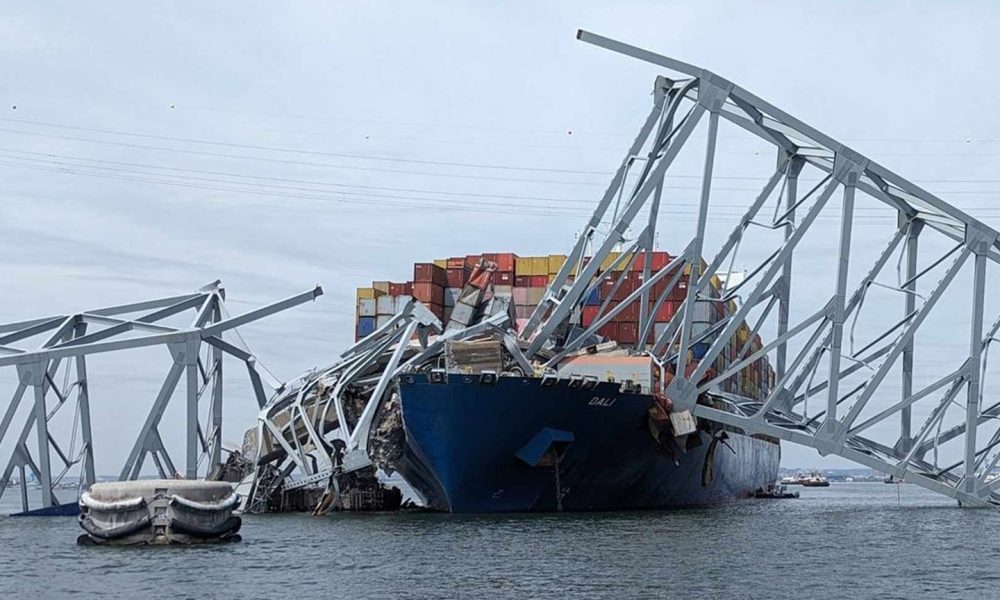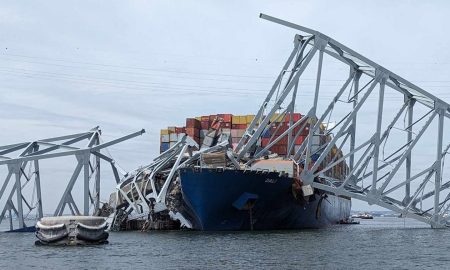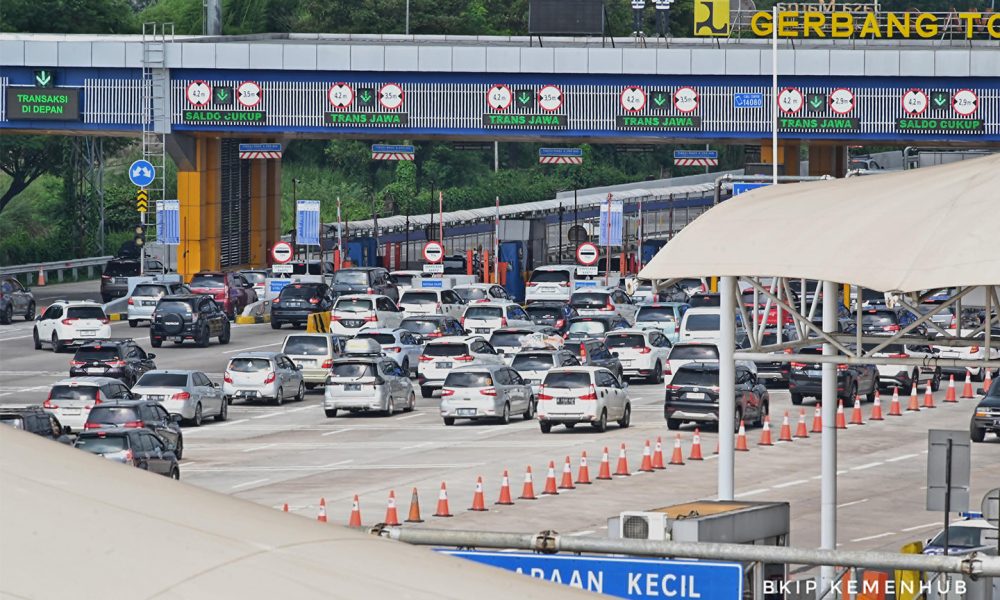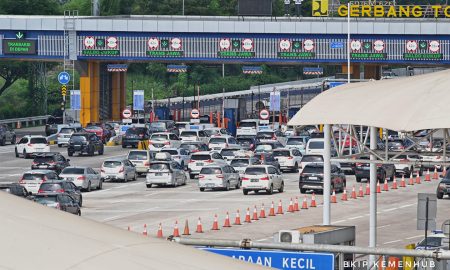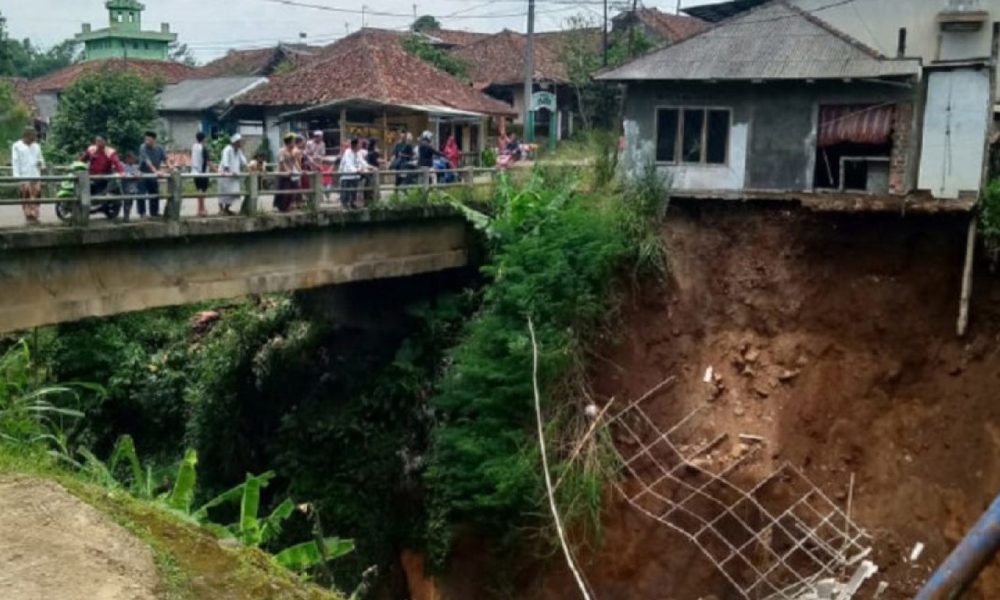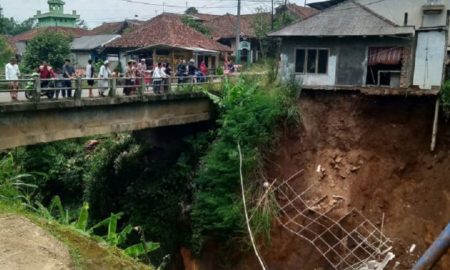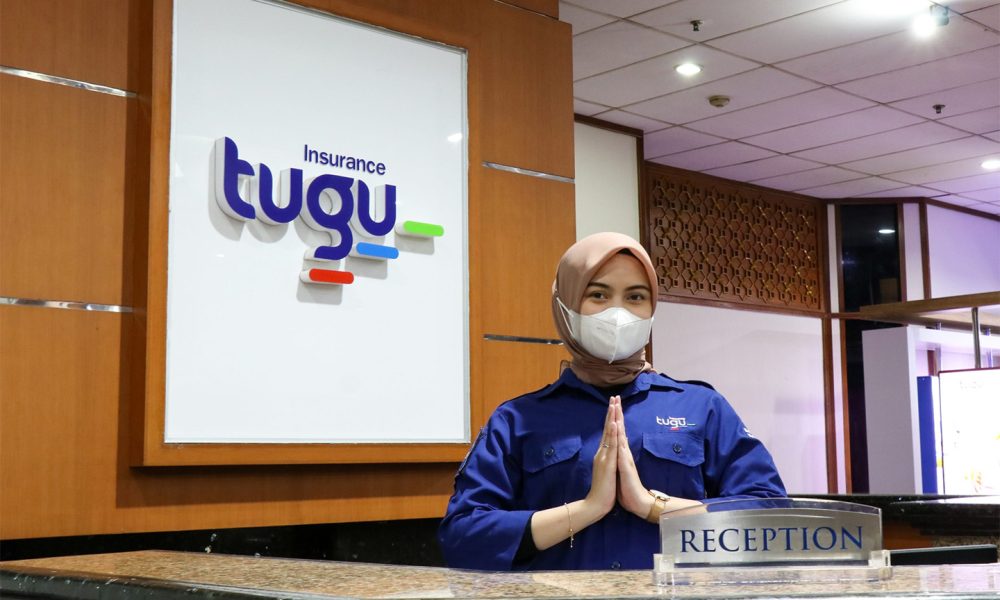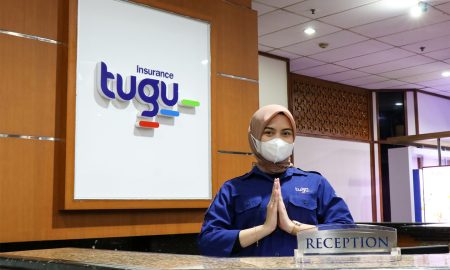Dear readers, how are you? Again, we will be discussing risk management and insurance in the construction sector. This time about the operation of Tower Crane in a project.
As we often see that almost in every project there is always a tower crane operated. Sometimes the number is more than one or even dozens depending on the size and type of project.
By looking at the function and location of the work, it is very clear that Tower Crane has a high level of risk.
The physical risk of the tower crane itself, the risk to the workers who are around the project and the residents and buildings around the project.
One of the best ways to overcome the risk of tower cranes is to insure them.
But unfortunately, it is not easy to get tower crane insurance because the risk is quite high. Many insurance companies are not interested.
To arrange tower crane insurance, you need help from consultants and insurance experts, namely insurance brokerage companies.
If you are interested in this article, please share it with your colleagues so that they also understand you.
What are the risks of a tower crane?
To reduce the safety accidents in using tower cranes, first, to identify construction safety risk factors, risk events, safety accidents, and the causal relationship between them according to the tower crane safety accident reports, relevant specifications, and documents, as well as based on analysing the safety hazard mechanism of tower crane construction operation.
Second, the causal relationship is transformed into network structure, and comprehensive fuzzy set theory is introduced to process fuzzy information.
Third, combining these two methods, a quantitative security risk analysis method based on a fuzzy network. It shows that the evaluation results of the model are basically consistent with the actual project. In addition, results can provide references for systematic safety management of using tower cranes.
What is a tower crane?
Tower crane is one of the vertical transport machines widely used in the construction at present.
Due to its own structure and safety management defects, accidents often occur and have serious consequences
Therefore, it is of great significance to study the safety accidents of tower cranes. Through many accidents statistical analysis and expert interviews, from the analysis of the entire process of tower crane installation, use and disassembly stage, the accident tree with the tower crane safety incident as the top event is established.
Through the qualitative analysis of the accident tree, the minimum cut (diameter) set is obtained, on this basis, the structural importance of all basic events is sorted, the main factors affecting the safety accident of the tower crane are determined, and the corresponding management and control are proposed, and provide a basis for preventing tower crane accidents and controlling tower crane risks.
Three major hazards and preventive measures
Countless companies in the manufacturing and construction industries rely on tower cranes to lift and transport materials.
When installed and used properly, these systems make operations easier and safer. But tower crane accidents cause severe injuries and fatalities every year. Preventing these disasters requires workers to recognize certain hazards that occur during operation and follow safety procedures to avoid them.
There are multiple hazards that can arise regarding cranes in general. Many accidents involve large lift systems like tower cranes and mobile cranes. But hazards do exist with all types of cranes—including tower cranes—and in all facets of crane operation.
Analysis of tower crane accidents reveals three common safety hazards that every company using tower lift systems should be aware of to keep their workers safe. It’s important to be familiar with these hazards and learn to recognize them in the workplace to avoid them. The three most common hazards involving tower cranes include electrical hazards, overloading, and materials falling/slipping from tower hoists.
The following analysis of each hazard provides a description, potential risks, reasons why accidents occur, preventative measures to avoid them, and applicable OSHA requirements. One commonality that all three hazards share is the qualifications of crane operators.
It is the responsibility of the crane owner and job supervisor to ensure that crane operators are competent and qualified to do the job.
Electrical Hazards
According to Occupational Safety and Health Administration (OSHA), nearly 50 percent of tower crane accidents are the result of machinery meeting a power source during operation.
Power line contact is literally defined as the inadvertent contact of any metal part of a crane with a high-voltage power line. Power line contact most often occurs when the crane is moving materials nearby or under energized power lines and the hoist line or boom touches one of them.
Usually, the person who is electrocuted is touching the crane when it meets the power line. But the danger is not just limited to the operator. It extends to all personnel in the vicinity.
A single contact with power lines can result in multiple deaths and injuries. Each year nearly 200 people die from power line contact and about three times as many are seriously injured. Most victims are guiding the load at the time of contact, but risks extend to everyone present at a job site.
Power line contacts most often occur because safety planning isn’t considered, and preventative measures haven’t been taken to avoid hazards.
Planning is one of the biggest accident deterrents available. To start, it’s important to establish who oversees pre job safety planning before any cranes arrive at a worksite.
Furthermore, cranes should be kept away from unsafe working areas; OSHA and ANSI both outline safe distances operators must maintain from a power source when working at a job site.
Areas that are considered hazardous are referred to as danger zones, and crane operators should be clearly notified of all potential danger zones. The area within a 10-foot radius of a power line is considered an unsafe work area—or danger zone—and it must be clearly marked on the ground by insulated barriers, fences, tape, etc.
This will help create visual clues for workers to ensure that the crane is always positioned so that the boom and hoist line can’t intrude in the danger zone.
OSHA also regulates that tower crane operators use precautions when working near power lines—even outside of the 10-foot radius.
This means operators should consider all power lines as energized until the electric company tells him or her otherwise. Operators should also maintain a safe speed when operating near power lines.
Crane booms or truck-mounted trolleys using an electrical remote-control system for loading and unloading can also be very dangerous. If the boom contacts a power line, the operator holding the control box is usually electrocuted instantly. This type of equipment should never be used near power lines. A non-conductive, pneumatic or radio remote control system is a much safer choice when working near power lines.
Overall, it’s important for operators and workers to receive the appropriate training to avoid danger zones where electrocution can occur. Operators should have workers observing nearby to assist them whenever it is difficult to visually maintain the necessary clearance.
Be sure that any ladders, tools, and systems are non-conductive, and ask the electric company to de-energize and ground power lines or install insulation whenever people are working near them.
Overloading
According to OSHA, 80 percent of all crane upsets and structural failures can be attributed to exceeding the crane’s operational capacity. When a crane is overloaded, it is subject to structural stresses that may cause irreversible damage. Swinging or sudden dropping of the load, using defective components, hoisting a load beyond capacity, dragging a load, and side-loading a boom can all cause overloading.
OSHA estimates that one crane upset occurs for every 10,000 hours of crane use. Nearly 80 percent of these upsets can be attributed to predictable human error when the operator inadvertently exceeds the crane’s lifting capacity.
Overloading most often occurs when poorly trained personnel are allowed to operate cranes. Oftentimes, operators mistakenly believe they can rely on their instinct or experience to determine whether a load is too heavy.
It’s crucial that any crane operator knows the weight of a load and the capacity of the crane. Using technologies such as load-measuring systems for training and planning can greatly reduce the hazard of overloading and operator incompetency.
OSHA requires employers to provide formal training for all crane operators, but operator certification is only required for operators using equipment with a maximum manufacturer-rated capacity greater than 2,000 pounds.
Employees who are not qualified are only permitted to operate equipment as operators-in-training with a certified trainer. Formal training should ensure a working knowledge of crane load charts, and on-the-job training is a great preventative measure if the trainer is qualified.
Overall, most crane safety programs outline competent personnel requirements, and it’s a good idea to become familiar with them. Cranes have become more sophisticated, with the ability to lift heavier loads further and faster than ever before.
Today’s operator must be well trained and have a clear understanding of load dynamics, lifting capacities at various configurations, and the conditions under which such lifting capacities are valid.
Materials Falling
Falling materials is a major concern at any workplace or job site using tower cranes. Visual impairment, two-blocking, slipping, mechanical failure, or operator incompetency can all result in serious injuries or fatalities. If materials are not properly secured, for instance, the load can slip and land on workers in the vicinity or cause major damage to property. For larger or mobile cranes, undesired movement of material can pinch, or crush workers involved in the rigging process.
Statistics show that nearly 20 people died in 2012 because of accidents with tower hoists. That’s because the loads being lifted by tower hoists tend to be heavy and cause serious damage if dropped. Slings and attachments that aren’t secured properly can be a major safety hazard, and when objects begin to slip, they will eventually crash to the floor below.
One way to reduce the risk of falling materials is to perform regular maintenance of hoists. Load testing maintenance ensures that you know how many pounds the hoist can handle, and it helps to keep the hoist in good working condition.
Maintenance should always be treated seriously when it comes to heavy machinery. If a moving part on a tower crane wears out or breaks the hoist, it can cause serious damage. Performing regular maintenance ensures the hoist and tower crane remain in good working order and that all operations run smoothly.
Aside from maintenance, improper securing of the load or the slings that carry the load is one of the leading causes of accidents with tower hoists and cranes. If the load or sling holding the load isn’t properly secured, the objects can slip out, tip, and eventually crash to the ground below. Mechanical failure can also cause machinery to malfunction unexpectedly and drop a heavy load.
To reduce the risk, OSHA mandates that operators make daily crane inspections. When mechanical problems do arise, operators should use the lockout/tagout procedure to prevent accidental startup or movement of the crane until the problem has been repaired.
Employees working around tower cranes should always wear proper head, foot, hand, and eye protection. The crane operator and any workers below should also be aware of his/her surroundings and never walk under a lift. A crane operator must always lower a load to the ground before leaving the lift or during idle times. When moving items, he or she should never raise the load higher than required for clearance.
When operating a hoist, properly trained employees in the vicinity should understand that they are working in a dangerous area. Installing “Hoist Danger” signs around the work area will help to alert employees that a hoist is operating over their heads. Workers should be trained to stay clear of the hoist, and they should never walk beneath loads suspended in the air. Likewise, suspended loads should never be moved over employees and personnel should never be lifted or transported on a hoist.
Careful operation of the hoist is another important safety factor to consider whenever tower cranes are used. The person responsible for managing the hoist should be well-trained and qualified. Moving the crane too quickly and jerking the hoist when it’s bearing a heavy load can be hazardous to the crane operator and workers nearby. Changing or reversing direction should be done slowly and carefully. Reversing direction can cause heavy loads to spill, and swinging the load is very risky. Operators and controllers must maintain 100 percent focus on the task at hand to avoid potentially dangerous situations.
The Role of Insurance Broker for Tower Crane Insurance
As mentioned above, to get insurance coverage for Tower Crane is not easy.
Insurance brokers as certified insurance experts from OJK and BNSP will help you to design an insurance guarantee that suits your needs.
Insurance brokers will also negotiate with some insurance companies to get insurance coverage even though many are not willing to guarantee. With a complete proposal and good relationships with many insurance companies, insurance brokers will be able to get extensive guarantees and with efficient premiums.
The insurance broker’s most important task is to help you as his client to settle the claim if it occurs.
One of the Indonesian insurance brokerage companies that are engaged in construction is L&G Insurance Broker.
For all your project insurance needs, contact L&G right now!
Source: OVERHEAD CRANE SAFETY—THREE MAJOR HAZARDS AND PREVENTATIVE MEASURES
—
Looking for Insurance Products? Don’t Waste Your Time and Contact Us Right Now
L&G HOTLINE 24 HOURS: 0811-8507-773 (Call – Whatsapp – SMS)
website: lngrisk.co.id
E-mail: customer.support@lngrisk.co.id
—



